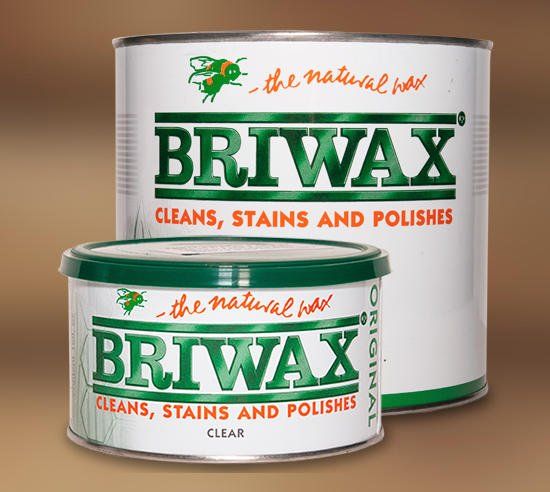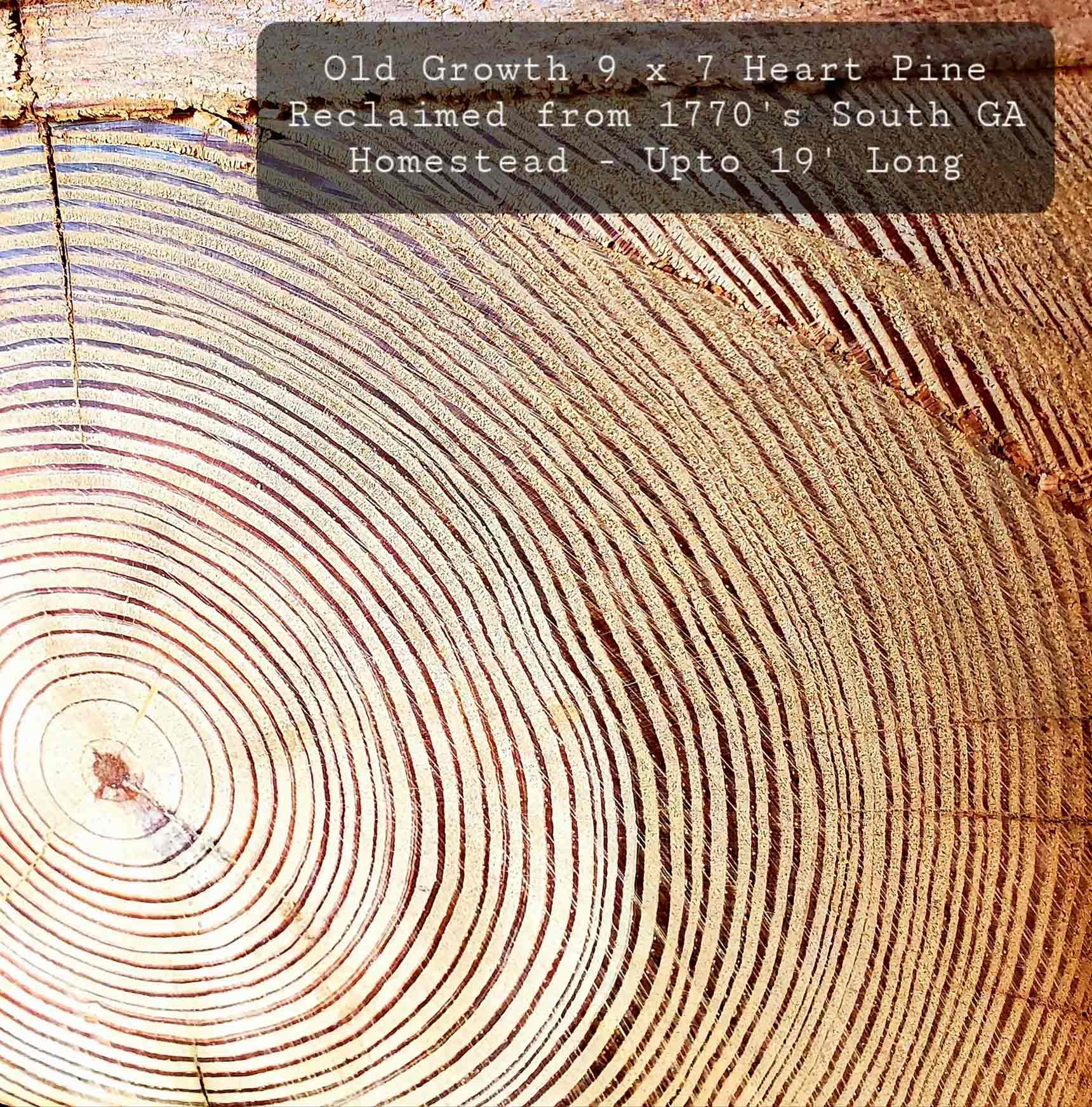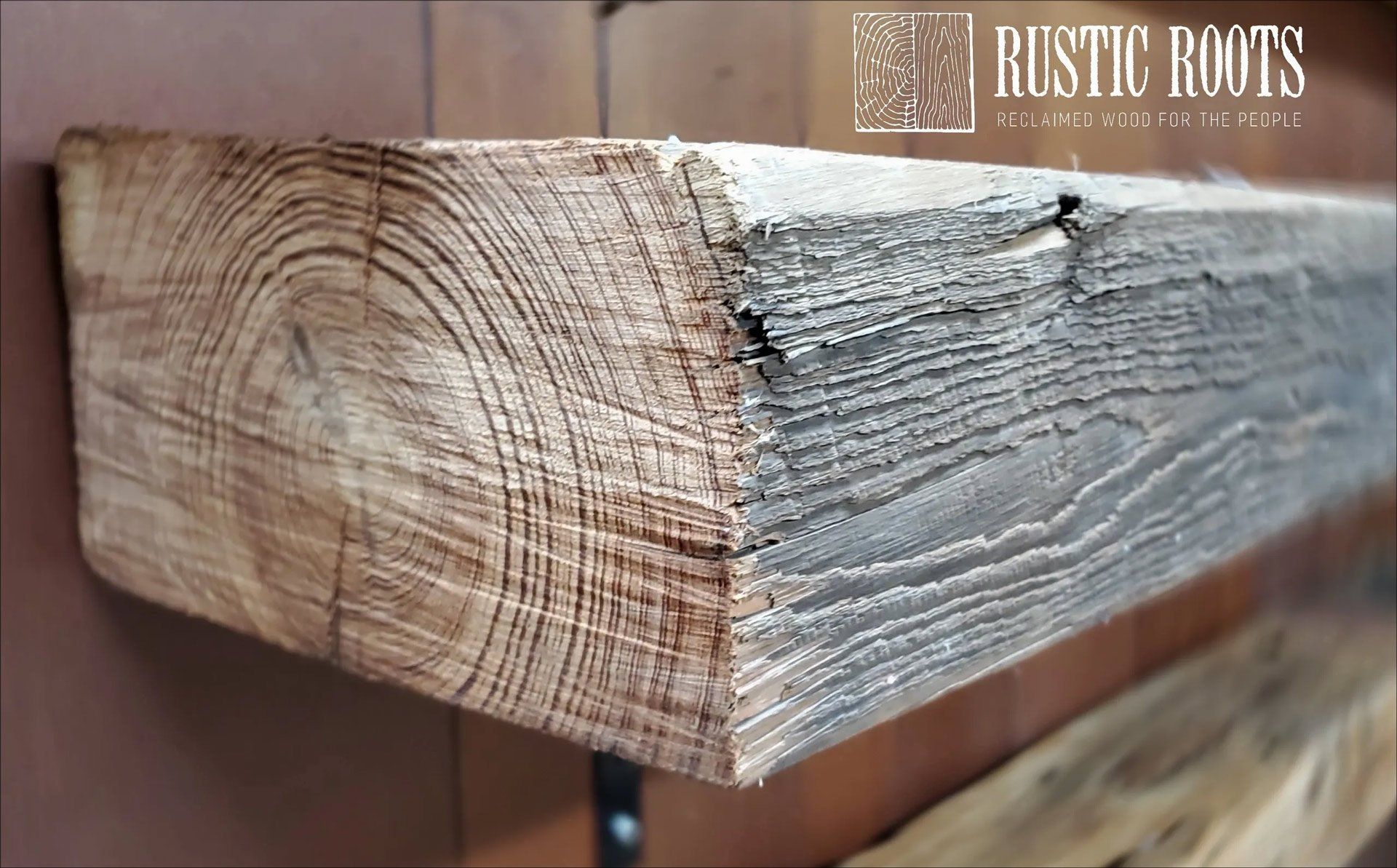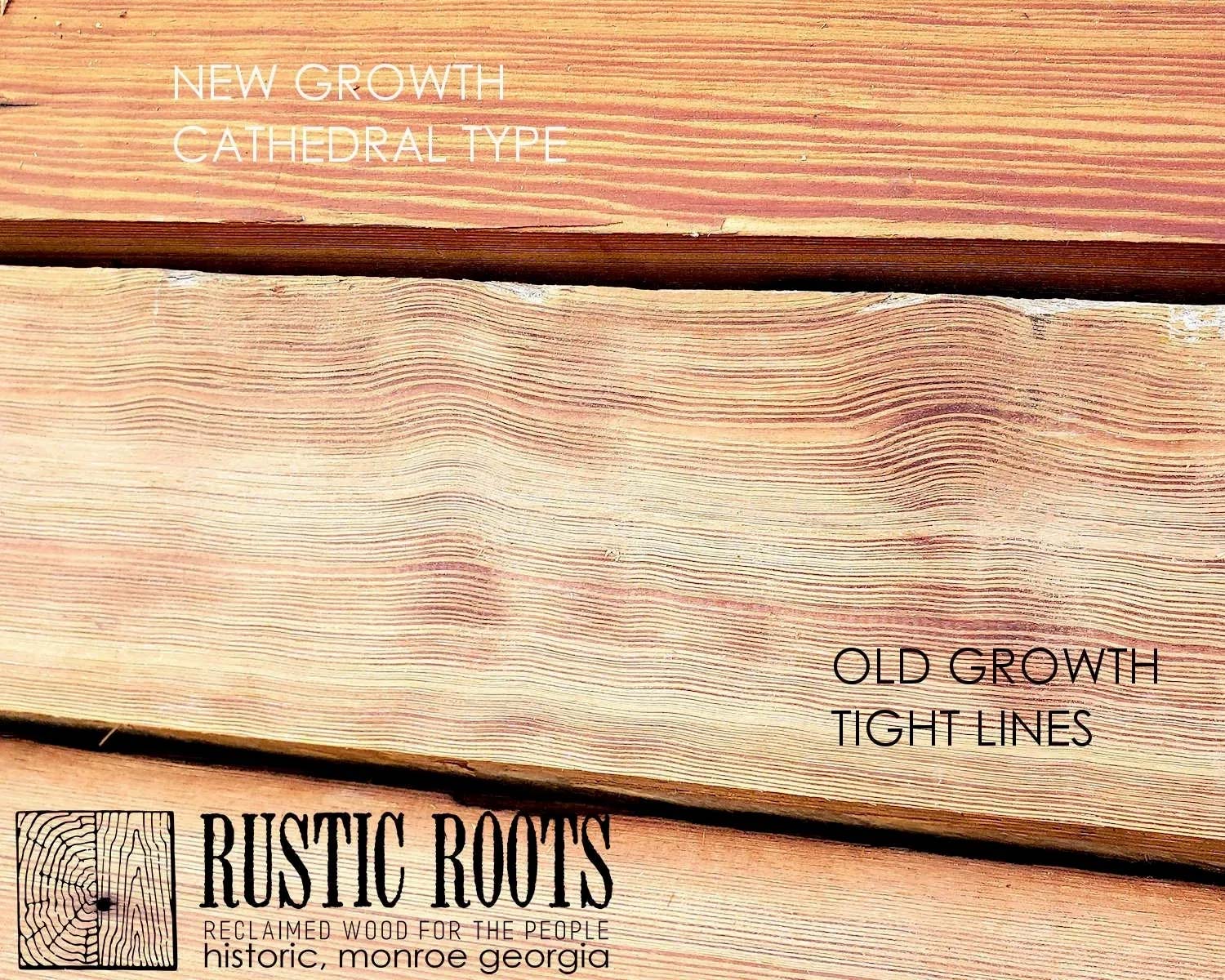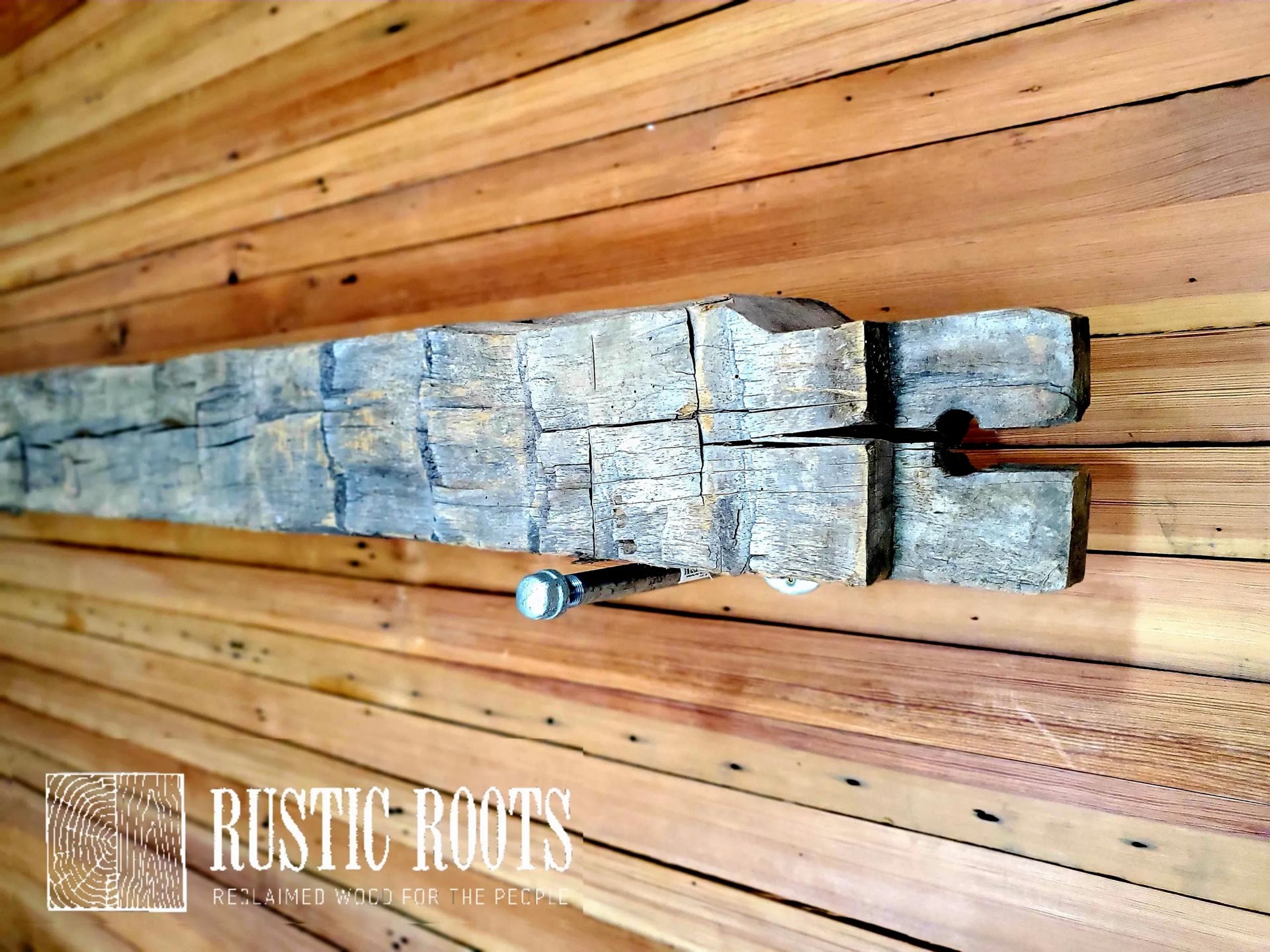BLOG & DIY PROJECTS
Got Wood?
Old Growth Heart Pine from 1770's Homestead - Over 400 Years Old
OLD GROWTH HEART PINE FROM 1770'S HOMESTEAD - OVER 400 YEARS OLD
The story of heart pine begins in the Southeastern coastal plains where virgin forests of Longleaf pine thrived. The Longleaf pine grew well in the Southern soil and by the 1700's nearly 60-70 million acres of the Southeast were covered with these longleaf pine forests.
The forests covered large areas, some were over 150 miles wide and had millions of longleaf pine trees. These forests ran through most of the Southeast and covered lands from Virginia to Florida, and westward along the gulf coast. These majestic old growth longleaf pine trees reached heights of 150 to 175 feet and took over 200 years to mature.
For the settlers they were easy to harvest. They were very straight and longleaf pine is an extremely durable wood. So using longleaf pine was a "no brainer" for the early settlers. The settlers would fell a tree, and then use broad axes to shape or "hewn" the tree down to the "heart pine" beams. Later when logging became big business horses and steam engines hauled the wood out of the hills and forests to the sawmill. Here the sawmill would produce 2x10's and such.
Heart Pine is is the heartwood of the pine tree. The heartwood is the non-living center of the tree trunk, while the outer living layer transports sap and nutrients throughout the tree. Heart pine characteristically has extremely tight lines rather than "cathedral" markings which are prevalent in new pine.
Old Growth Longleaf Heart Pine
OLD GROWTH LONGLEAF HEART PINE
Longleaf old growth heart pine was abundant in colonial times and through the early 1900's. It is around the turn of the century when the old growth longleaf pine forests were harvested into extinction. Heart Pine was used in buildings, barns, homesteads and large mills. Because Heart Pine was so abundant and durable, it was used to build towns and business across the US. Most buildings constructed in the 1700's to late 1890's were almost solely heart pine.
After doing some reading I found out that alot of the heart pine made it's way to Europe. Apparently there were large shortages of wood and heart pine (at the time) was cheap and plentiful. The Industrial revolution that fueled our great Nation and the World put an end to the great longleaf old growth pine forest as we know it. Now all we have is new growth pine because the growth cycle of longleaf pine is slow. An inch of heart pine takes on average 30 years to grow. The old growth 200 year old pine forests do exist but are hard to find.
That is why we turn to old buildings, mule barns, textile mills, cotton mills and gins for our old growth antique heart pine. The character and tight growth rings can only be found when you carefully remove the flooring and beams. When we find these buildings and barns we delicately take them down and upcycle the wood that we can re-purpose.
Old Growth "Tight Lines" Old Growth Heart Pine Vs "Cathedral" New Growth
OLD GROWTH "TIGHT LINES" OLD GROWTH HEART PINE VS "CATHEDRAL" NEW GROWTH
Our mission at Rustic Roots Reclaimed is to supply "RECLAIMED WOOD FOR THE PEOPLE" - Thanks for reading! Let us know if we can help you on your next project involving reclaimed antique old growth heart pine beams, mantels and flooring.
